
UDK: 611.835.8: 599.323.45
K.M. Borodina1, M.A. Zatolokina2, A.A. Sozykin3, V.V. Tsymbalyuk2, I.A. Shmatko2, E.S. Zatolokina2, D.A. Banchenko1
ФГБОУ ВО «Курский государственный медицинский университет» Министерства здравоохранения Российской Федерации, г. Курск, 1кафедра анатоми
Correctly selected tactics of surgical intervention on the trunks of peripheral nerves largely determines the duration of the rehabilitation period and full restoration of the function of the nerve trunk. At the same time, it is necessary to know all the topographic, anatomical and morphometric features of the peripheral nerves and the surrounding connective tissue sheaths. Considering the fact that the laboratory rat is the most optimal experimental animal, the study of the morphometric and topographic features of its peripheral nerves of the extremities, in particular the sciatic nerve, is the most in demand at the present time. The aim of this work was to study the features of the topography and morphometry of the sciatic nerve of the rat. The study was carried out on laboratory animals male Wistar rats, which were dissected the sciatic nerve on both limbs and carried out morphometry according to the author's method. As a result of the study, it was revealed that the sciatic nerve of the rat can be both a continuation of the lumbosacral trunk and separate from the sacral plexus. Independent detachment of two large trunks enclosed in one common fascial sheath, which in the lower third of the thigh diverged into separate – the common peroneal and tibial nerves, was observed in 20 % of the studied individuals. Morphometric examination revealed the prevalence of the sciatic nerve trunk thickness on the left limb. The revealed topographic and morphological differences in the organization of the sciatic nerve on the right and left extremities must be taken into account in experimental studies when developing approaches to the nerve trunk and carrying out, in the area of the surrounding connective tissue sheaths, various therapeutic manipulations.
sciatic nerve, topography, lower limb, connective tissue sheaths of peripheral nerves.
Бородина Карина Михайловна – ассистент кафедры анатомии человека ФГБОУ КГМУ Минздрава России, e-mail: karina_borodina46@mail.ru